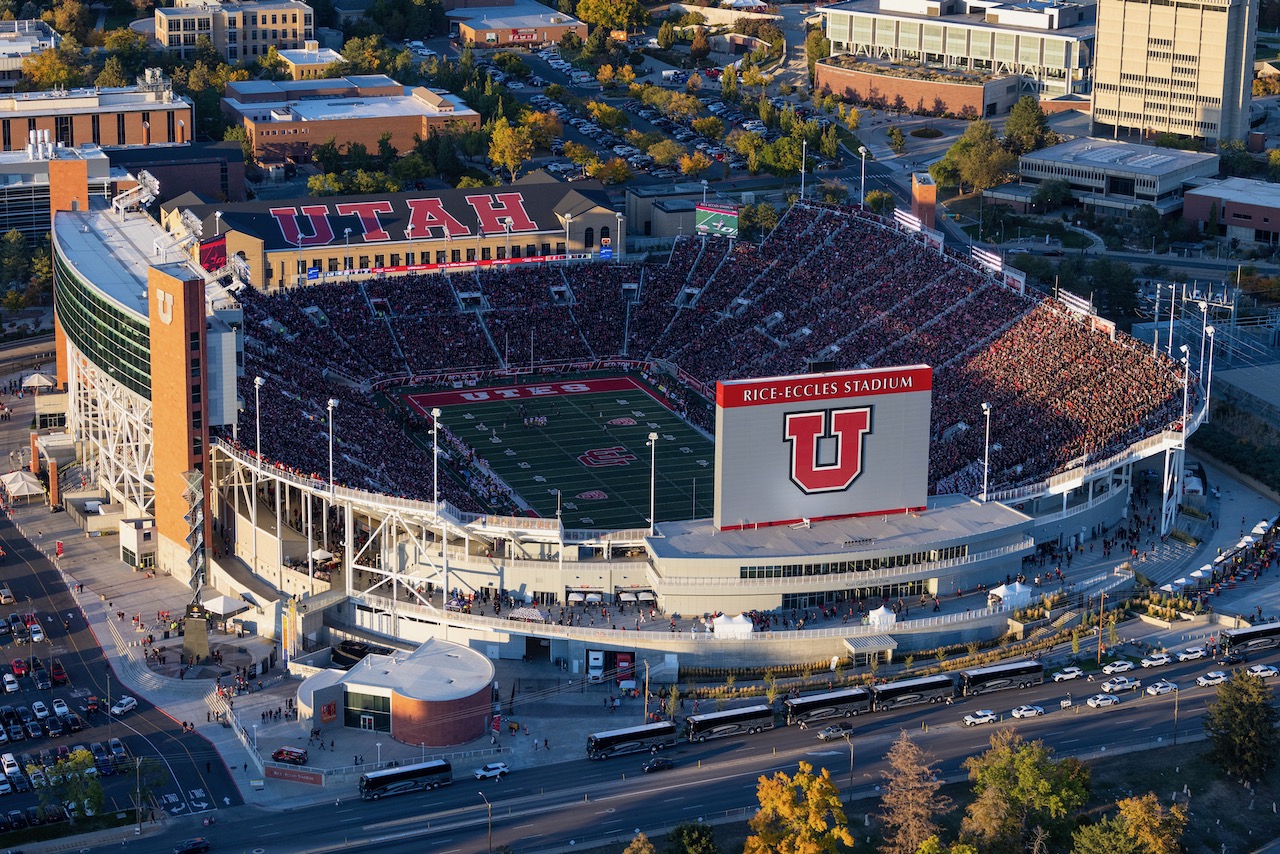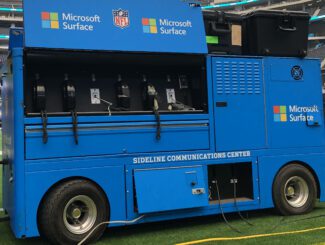After years of attending events in a Wi-Fi desert, fans at the University of Utah’s Rice-Eccles Stadium have been soaking up bandwidth this football season, averaging 5.3 terabytes of data used per game on the venue’s new Wi-Fi 6E network.
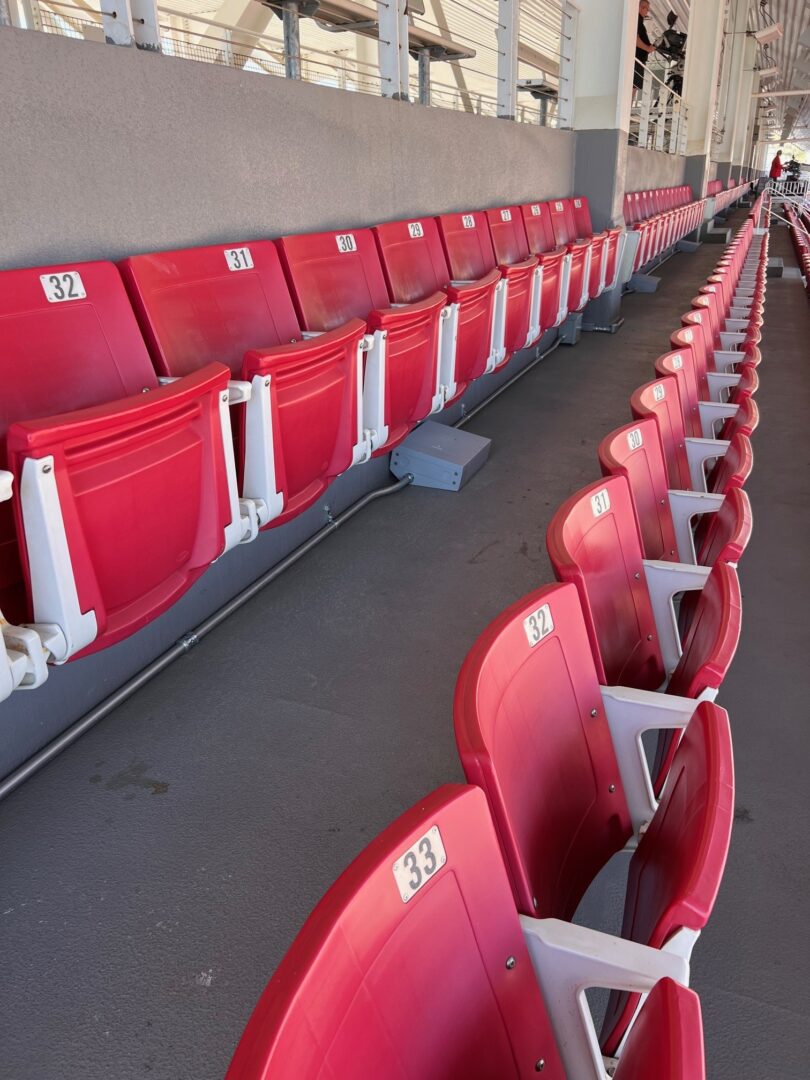
In addition to providing Utes fans with an amenity they had long desired, the network built by lead integrator Boldyn Networks using Extreme Networks Wi-Fi gear is also powering an order-ahead concessions plan aimed at improving customer throughput, especially at halftime. The concessions plan as well as an improved digital-ticketing infrastructure were some of the top goals for the new network, which was awarded to Boldyn via an RFP process last spring and deployed over the summer, according to university officials.
As the network came fully online this past football season, Utes fans lost no time in making up for all those Saturdays when they had no connectivity in the 51,444-seat venue. According to statistics provided by Boldyn and the University of Utah, the stadium network carried an average of 5.30 terabytes per game over four games that statistics were provided for this past fall. The highest bandwidth total used came on Sept. 28, 2024, with 5.93 TB used.
That game also saw the highest number of users on the network, with 17,194 unique devices logged on. For the four games with statistics, the average number of users was 15,615 unique devices per game.
A connectivity-based plan for a better fan experience
In addition to the basic needed amenity of good connectivity, school leaders saw a way to use better wireless to solve some persistent problems that were somewhat unique to the 27-year-old venue. One of the more vexing issues, according to Jennifer Reed, the university’s associate vice president for auxiliary services at non-academic business units (a list that includes places like the bookstore, the football stadium and the basketball arena) was the narrow width of the main-level concourse at Rice-Eccles, which routinely was jammed with fans at halftime as they tried to get food and drink and use the restrooms.
“The main concourse is really not big enough for the size of the stadium,” Reed said. When concession lines got long during football halftimes, she said, it became so crowded on the concourse that it was hard for fans to just walk around.
For a few years the school had worked on the idea of an order-ahead app, with the plan being that if people could get concessions faster, the concourse wouldn’t get as crowded. But according to Reed, that system couldn’t take off until both fans and operators had robust connectivity for ordering and for operations on the back end.
In the fall of 2023 the university put out a formal RFP process for the Wi-Fi network that could provide the needed connectivity for the app, as well as for fan-facing networking. The winner of the contract was Boldyn, a company that has gone through some big changes over the past few years, aimed at adding capability to a firm whose roots were set in the third-party operator market for cellular services in stadiums and other public spaces.
Cellular veteran Boldyn enters the stadium Wi-Fi space
In 2023, the company previously known as Mobilitie became part of Boldyn Networks, a re-branding of a group of firms brought together by their common owner to target bigger parts of the wireless deployment market. Mobilitie, which had previously focused mainly on deploying third-party operator cellular networks, was now part of a wider focus, according to Monnie Johnson, senior vice president for business development at Boldyn.
The rebranding to Boldyn, Johnson said, was reflective of the company’s “completing the jigsaw puzzle” of having assets to address multiple markets, including campuses, stadiums, public transportation and military installations.
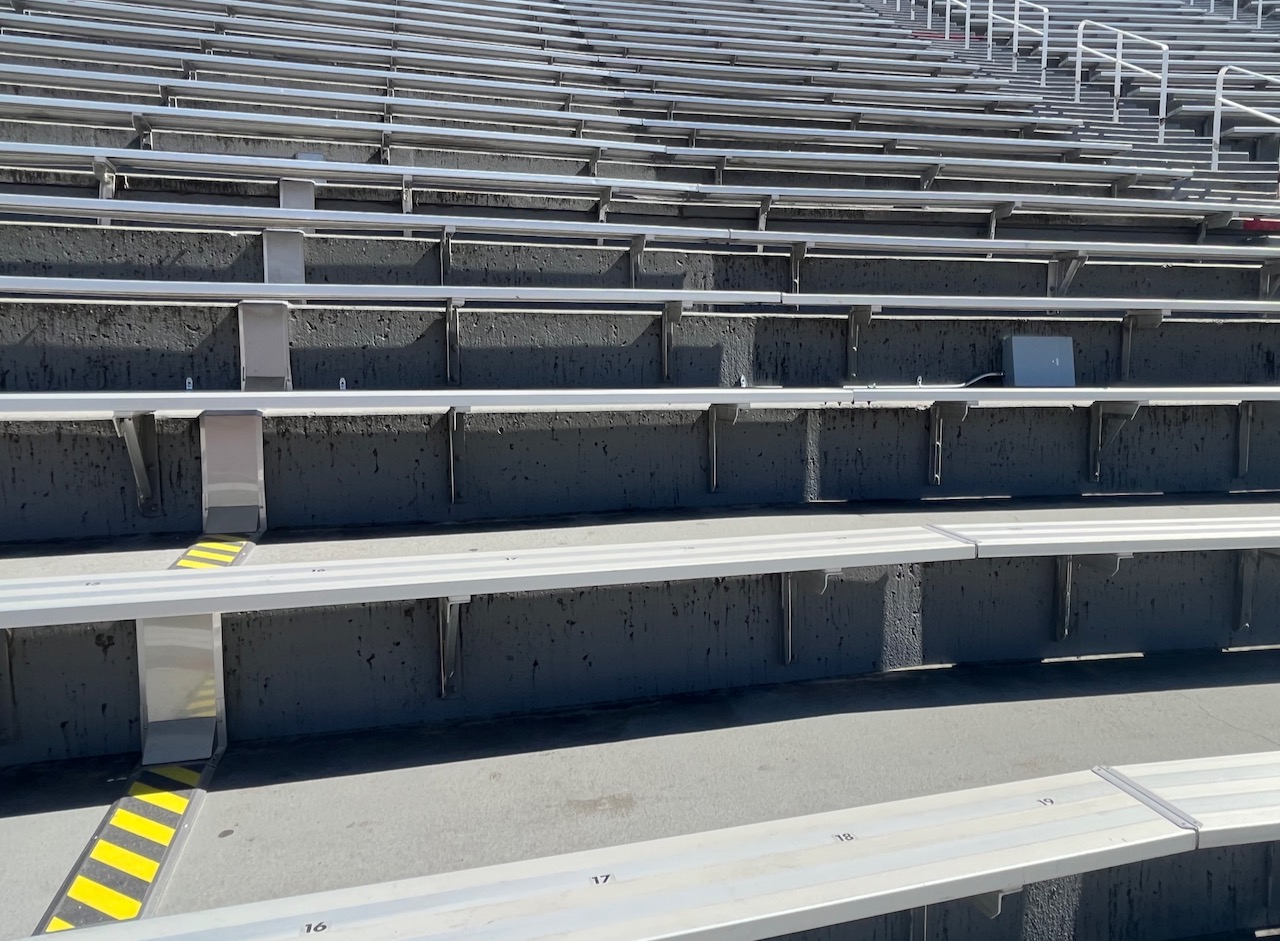
“It’s all about having synergy without redundancy,” Johnson said.
And in May of 2024 Boldyn closed on the acquisition of the former Apogee Telecom, a provider of on-campus infrastructure for U.S.-based schools. That extra acquisition, Johnson said, will help Boldyn as it pursues more campus deals like Utah’s, which included the main football stadium.
To win the RFP Johnson said Boldyn “put our heads together” with Wi-Fi gear supplier Extreme.
“We’re focused on building the best-in-class networks,” said Kevin Wittnebert, senior director for public venues, sports and entertainment at Extreme, who added that Extreme has done third-party deployments in the past.
“Our goal is to do as many networks as possible,” Wittnebert said.
With the players in place and the RFP signed last March, the next step was to meet the aggressive deployment schedule, which called for the Wi-Fi network to be ready in time for the first football game of the season.
Umbrellas and under-seat challenges
“We knew the timing challenge would be a big one,” said Utah’s Reed. “We wanted it tested and running by football season.”
In addition to having to use all new gear for the new-standard 6E network, Extreme’s Wittnebert said there was another challenge in that the lower parts of the Rice-Eccles seating bowl were built into the dirt, meaning that the under-seat network design wouldn’t be able to use core drilling through concrete to put the conduit behind the stands.
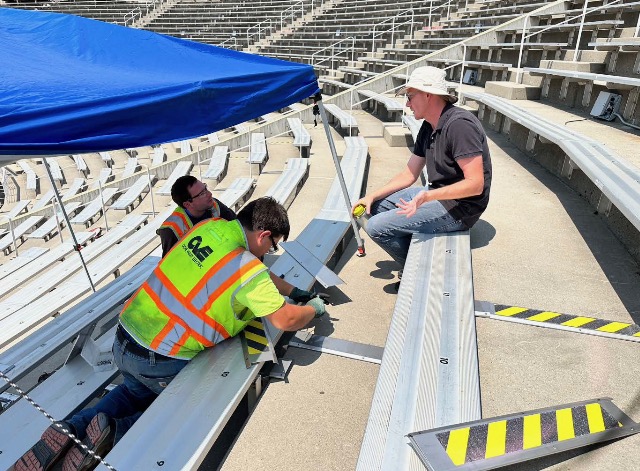
The solution for the lower-bowl areas was some innovative runway enclosures from a company called Stadium Technology Solutions that included metal casing designed to be slip- and stumble-proof. The “ruggedized cable management system,” as the company called it, runs across some of the seating aisles to provide conduit access from the top down to the lower-bowl seats. At Rice-Eccles the runways were also covered in high-visibility black and yellow taping to help ensure that fans wouldn’t trip over the gear.
The other big issue was an extra hot version of summer in Utah, where the high altitude desert added to the usual stress of network deployment. Wittnebert said the deployment teams “got creative,” sometimes moving big umbrellas over work areas to give technicians some shade during especially hot days.
Up and running for Utes fans to use
Even with the challenges, the Wi-Fi 6E network was up and running for the Utes’ season opener on Aug. 29, 2024, with fan reaction extremely positive to the new amenity.
“We’re really proud of Extreme, they were a great partner,” said Boldyn’s Johnson, who said the network has approximately 1,300 APs in total. “We committed to a timeline and stuck to it.”
Utah’s Reed said she was “very happy with the way the network looks — it’s fantastic” also said that fans had quickly found both the network and the order-ahead app.
According to Reed, through the first three games of the season the school had already seen 5 percent of all concession orders taking place through the app. And in post-game surveys, she said fans said they were “seeing a difference” in lower congestion levels on the concourse during halftime.



